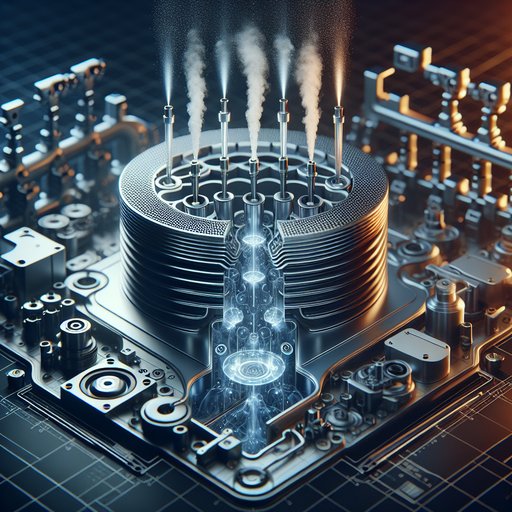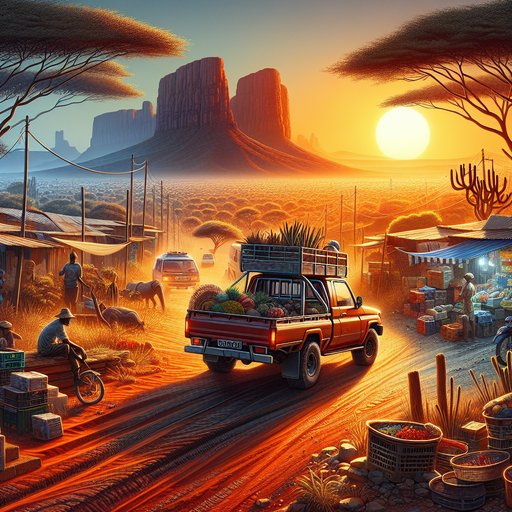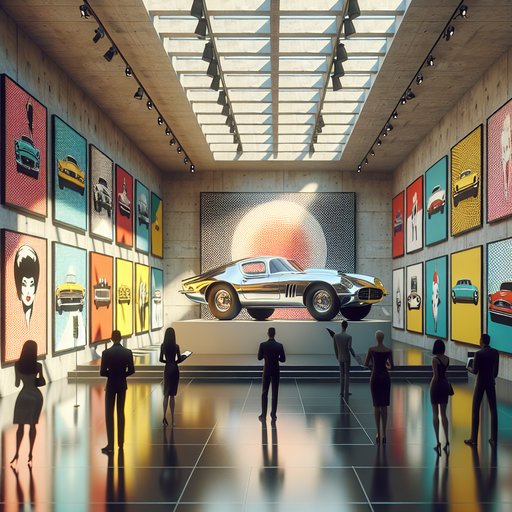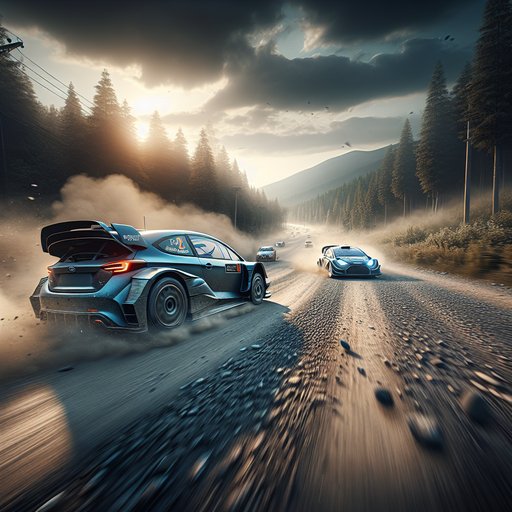
Gasoline direct injection (GDI) improves efficiency and knock tolerance via in-cylinder charge cooling, but it raises particulate number (PN) emissions relative to port fuel injection (PFI). The root cause is mixture preparation: a spray that touches cold metal or forms locally rich pockets can create soot precursors even when the overall mixture is stoichiometric (lambda ≈ 1.0, AFR ≈ 14.7:1). Engineers attack this with precise injector targeting and timing, higher rail pressures, and sometimes dual injection (PFI + GDI). A gasoline particulate filter (GPF) is the safety net, enabling robust compliance in real-world conditions while preserving GDI’s efficiency benefits.

Across Australia, Africa, and Asia, pickup trucks carry more than cargo—they carry livelihoods. The same ladder-frame platforms that tow caravans in the Outback also haul produce to market in East Africa and double as family vehicles in Southeast Asian megacities. With new hybrids, tougher safety standards, and expanding local assembly, the region-by-region story is converging on one point: pickups remain the most adaptable tool for places where distance, terrain, and work demands don’t take days off.

From Los Angeles to Paris, institutions have been revisiting Pop Art’s fascination with the automobile, pairing canvases with carburetors and putting iconic “art cars” back in public view. Over the past two years, museum programs have foregrounded Andy Warhol, Roy Lichtenstein, and pop-adjacent figures whose work captured mass-market mobility and desire. The result has been exhibitions that bridge design and fine art, court both car clubs and art audiences, and reframe the car as a symbol, surface, and stage.

Ford re-energized its World Rally Championship presence through M-Sport, first with the Fiesta WRC under the 2017 rules reset and then with the hybrid Puma Rally1 from 2022. Their program has delivered landmark wins and championships while battling manufacturer heavyweights Toyota and Hyundai, plus Citroën before its exit in 2019.